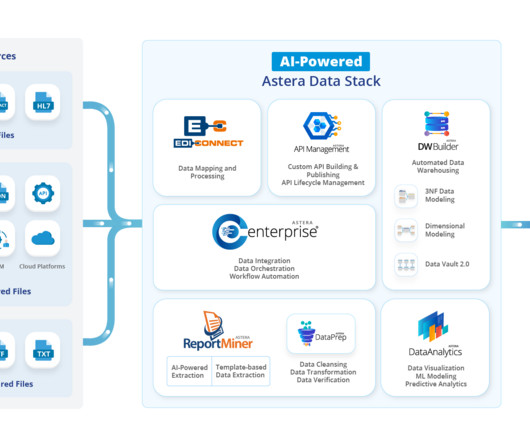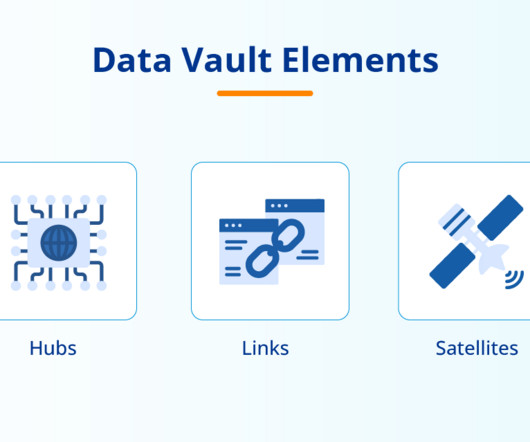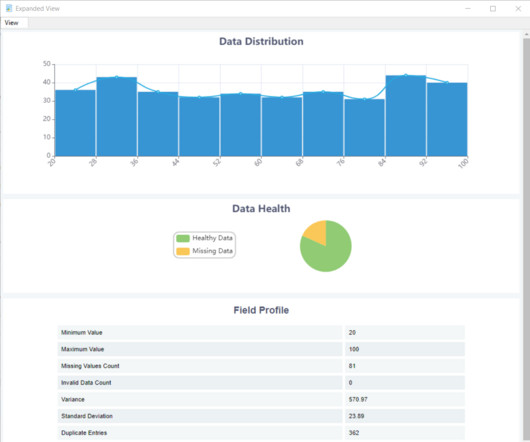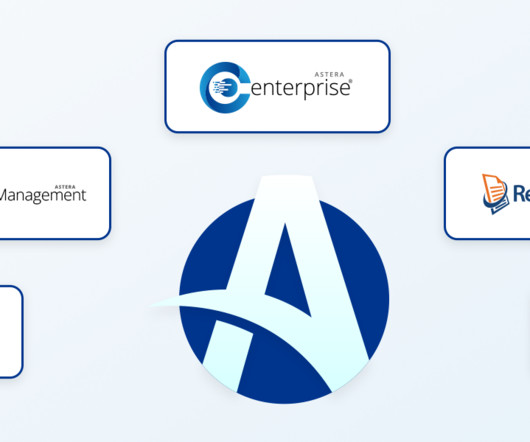What Is Data Management and Why Is It Important?
Astera
JANUARY 2, 2024
Relying on this data to power business decisions is like setting sail without a map. This is why organizations have effective data management in place. But what exactly is data management? What Is Data Management? As businesses evolve, so does their data.













Let's personalize your content